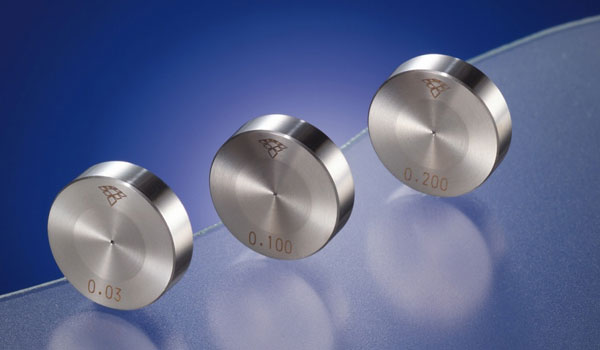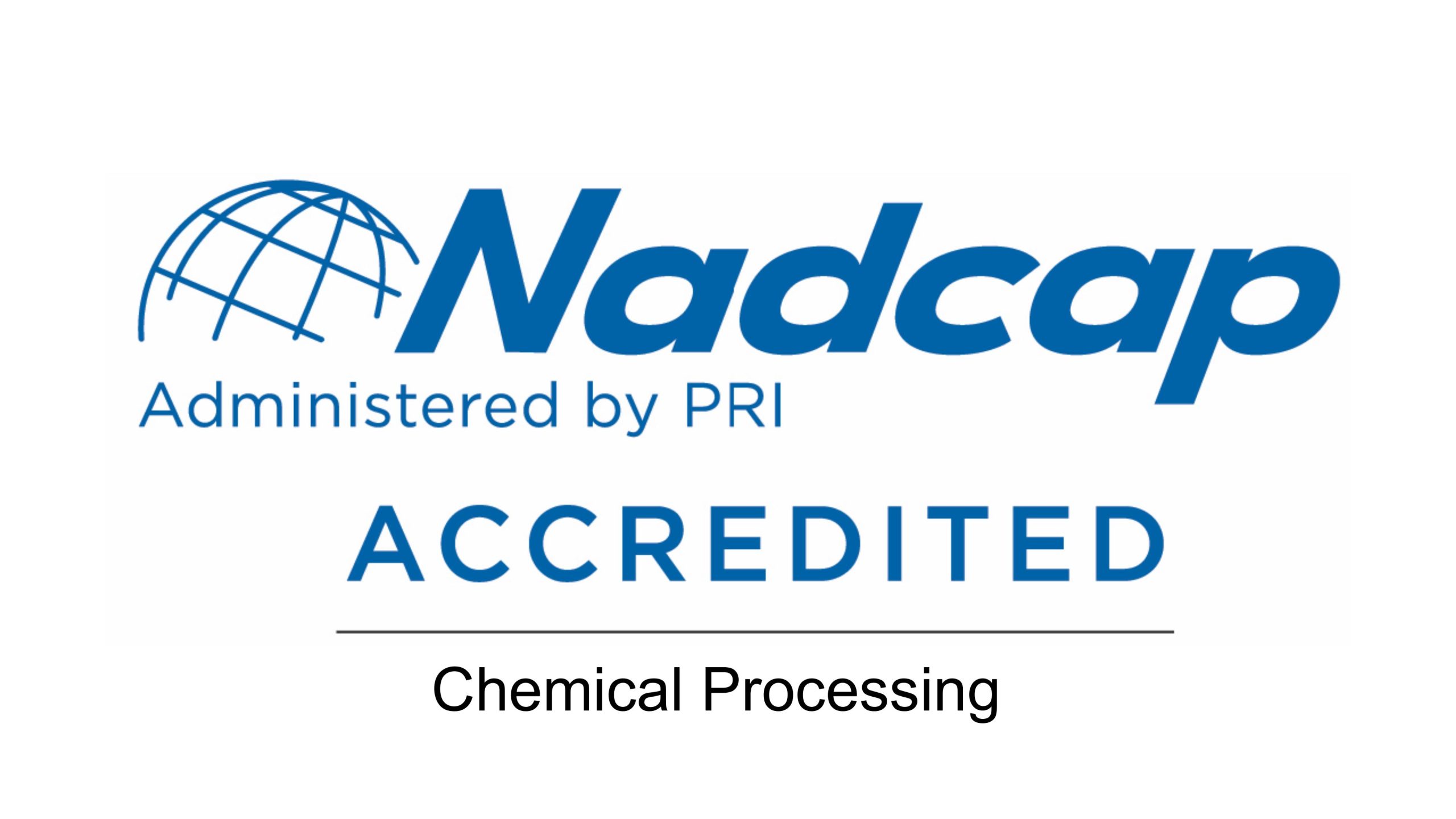
Equipped with years of experience in Tin plating, this is a well-established process that is applied extensively for ferrous and non-ferrous materials. For years, our numerous customers from the Food & Beverage industries have been the beneficiaries of the quality tin-plated goods we produce.
| Process | Specs | Process Classification | Tank Size (L) x (W) x (H) mm | Locations |
|---|---|---|---|---|
Tin Plating |
ASTM B545 | Bright Tin Plating | 1300 X 700 X 900 | Penang |
Tin is a silver-colored, ductile metal whose major purpose is to promote solderability to otherwise unsolderable base metals. Tin has generally good depositing characteristics over a wide range of part geometry.
Main Application / Advantages
The tin-plating process is applied extensively to protect both ferrous and non-ferrous substrates. Tin being non-toxic, ductile and corrosion resistant is frequently used for the food processing industry. The excellent ductility of tin allows a tin-coated base metal sheet to be formed into a variety of shapes without damage to the surface tin layer. It provides sacrificial protection for copper, nickel and other non-ferrous metals, but not for steel.
Tin protects the base metal from oxidation and preserves its solderability, properties ideal for the electronics industry.